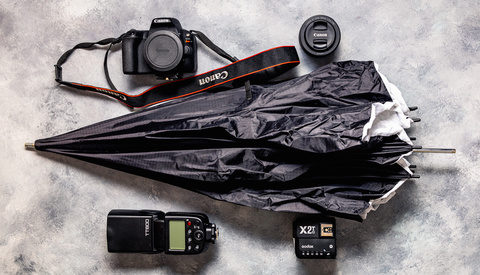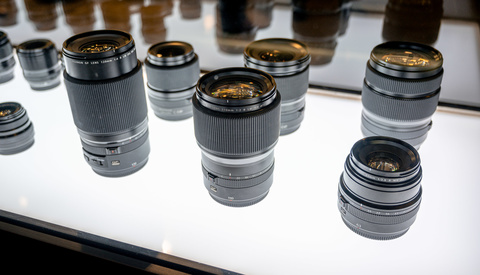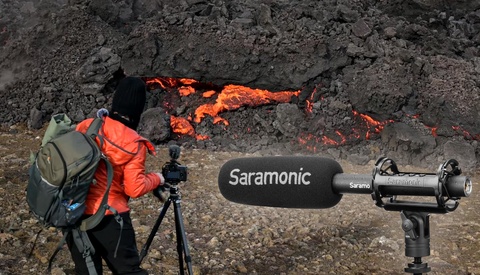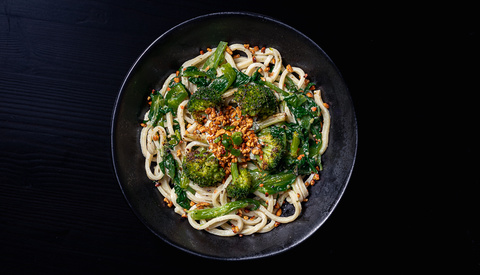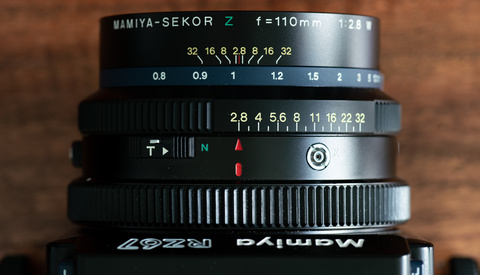How to Focus Stack Nighttime Landscapes
Focus stacking is a common technique used by landscape photographers for images in which ultra-deep depth of field and high levels of sharpness are desired. You can use it for nighttime landscapes that incorporate things like the Milky Way as well, though it takes some additional considerations. This excellent video tutorial will show you a workflow for the technique as well as offer some helpful tips to ensure you get the best quality images.






















